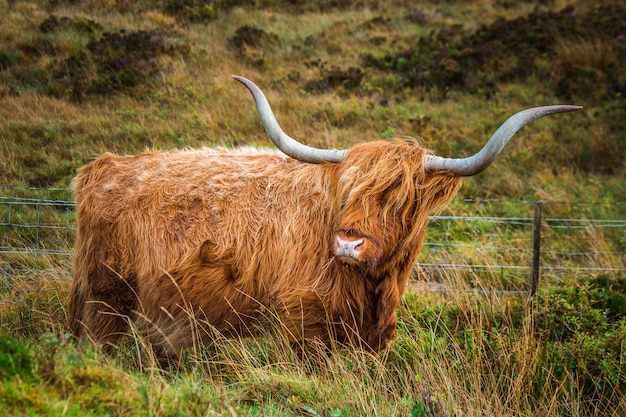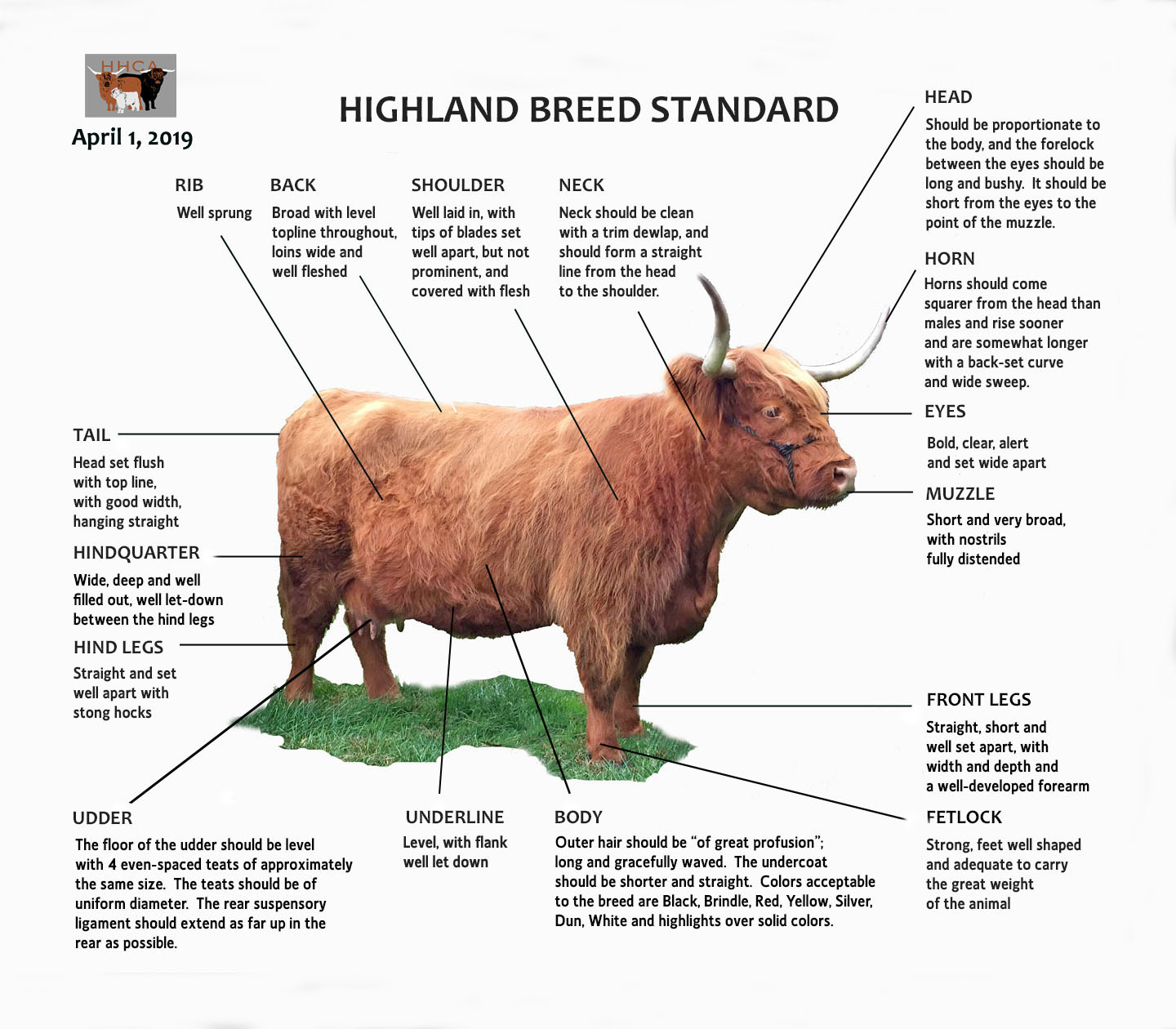
The only time they show aggression is around their offspring. The milk is high in butterfat at 10%, so the cheesemakers love it. Food is not increased until the temperature falls to minus 18F Other breeds need an increase when the temperature reaches 32 F Scottish Highland Cattle do not need a layer of fat to keep itself warm. The reason behind these ‘best of beef’ statistics is the double coat we have mentioned before. So this one must still be a bit confused. The Male (Bull) horns come out sideways from the head and then curve forwards so the points would be facing you when looking at the head.įor the cows and have an upward bend Like a letter U. Highlanders are renowned for needing minimal assistance during birth and the mortality rate is a low 5%.Īpart from the obvious, the way to tell the male from the female is by their horns.

It takes between 9 and 10 months to produce a single calf that weighs around 50lb when born. Living as long as 20 years, the female (cow) will typically have only 1 Calf at a time and 15 during her lifetime. So now, with The knowledge that the hairy Beastie is hot stuff, let’s move on to some other characteristics of the breed. They get so warm that crofters keep them beneath the house for the warmth that would rise from their bodies to heat the room above. The Hairy Coo does not need to be kept in a barn over winter. Underneath the Highlander has unusually long eyelashes, which help keep irritating insects away in the summer months. The Bangs or ‘Dosan” covering their eyes also help keep the rain and snow out. So It’s like wearing a fleece jacket under a thick raincoat. The undercoat is woollen and fluffy for warmth. The outside layer grows as long as 33 Cm or just over 1 foot long, and it is oily, making it waterproof. The Scots dress in layers to keep warm, and the Highland Cow does the same. The collective name for Scottish Highland Cattle is ‘Fold” not heard as it is with other cows Longest Haired Breed One on Orkney and the other in the Highlands, but they are now well interbred and now just called Highland Cattle. This makes them the oldest registered breed in the world Written records date back to the 18th century and the Highland Cattle Herd Book, first published in 1885. See, you know more than most folk already. They are even-toed ungulates – essentially, hoofed animals that bear weight equally on two toes. The first written reference to Scottish Highland cattle is from the 12th century AD.

Either way, they come from the ancient past. History of Scottish Highland cattleĬoo history experts say that the breed was likely in Scotland at least 1000 years BC or CE if you prefer. I think if you had to choose an animal to represent Scottish culture, you could do a lot worse than choosing the Highland Coo, lets see if you agree after reading this.

In Scotland, we call a cow “Coo” (rhymes with moo) Highland Cattle or the Highland cow is a true icon of Scotland. Scottish Highland Cow Scottish Highland Cattle “Hairy Coos” Scottish Highland Cattle – A Icon


 0 kommentar(er)
0 kommentar(er)
